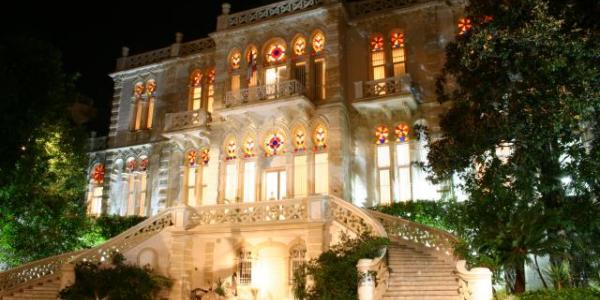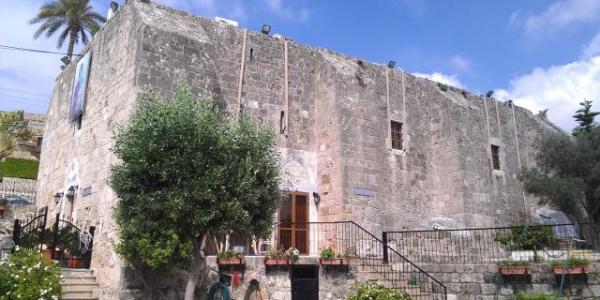Located to the south of Beirut, Saida has a famous sea citadel that has been used since the Phoenician period. Closely related to the city of Tyre, Sidon is noted in the Gospels of Mark as a witness to Jesus’ miracles since it is here that he “casted the devil out of the Canaanite woman's daughter (Mark 7: 24-30).”
Like other Lebanese coastal cities, Saida fell to the Umayyads, the Abbasids and then to the crusaders in 1110. In the 13th century, it fell to the Mamluks. However, throughout these periods, it remained a provincial city.
Fakhreddine II (1593–1633) was an Emir who succeeded in unifying the territory encompassing most of what makes modern-day Lebanon in a revolt against the Ottomans. His free reign lasted for 17 years. During this time, he made Saida his coastal capital and many khans, mosques and churches were built.
After the fall of the Ottoman Empire at the end of WWI, it became part of the Great Lebanon established under the French Mandate. During WWII, it was briefly occupied by the British Forces who were at war with the Vichy government in France.
The city has an active fishing port, with fishing boats circling the Sea Citadel.




